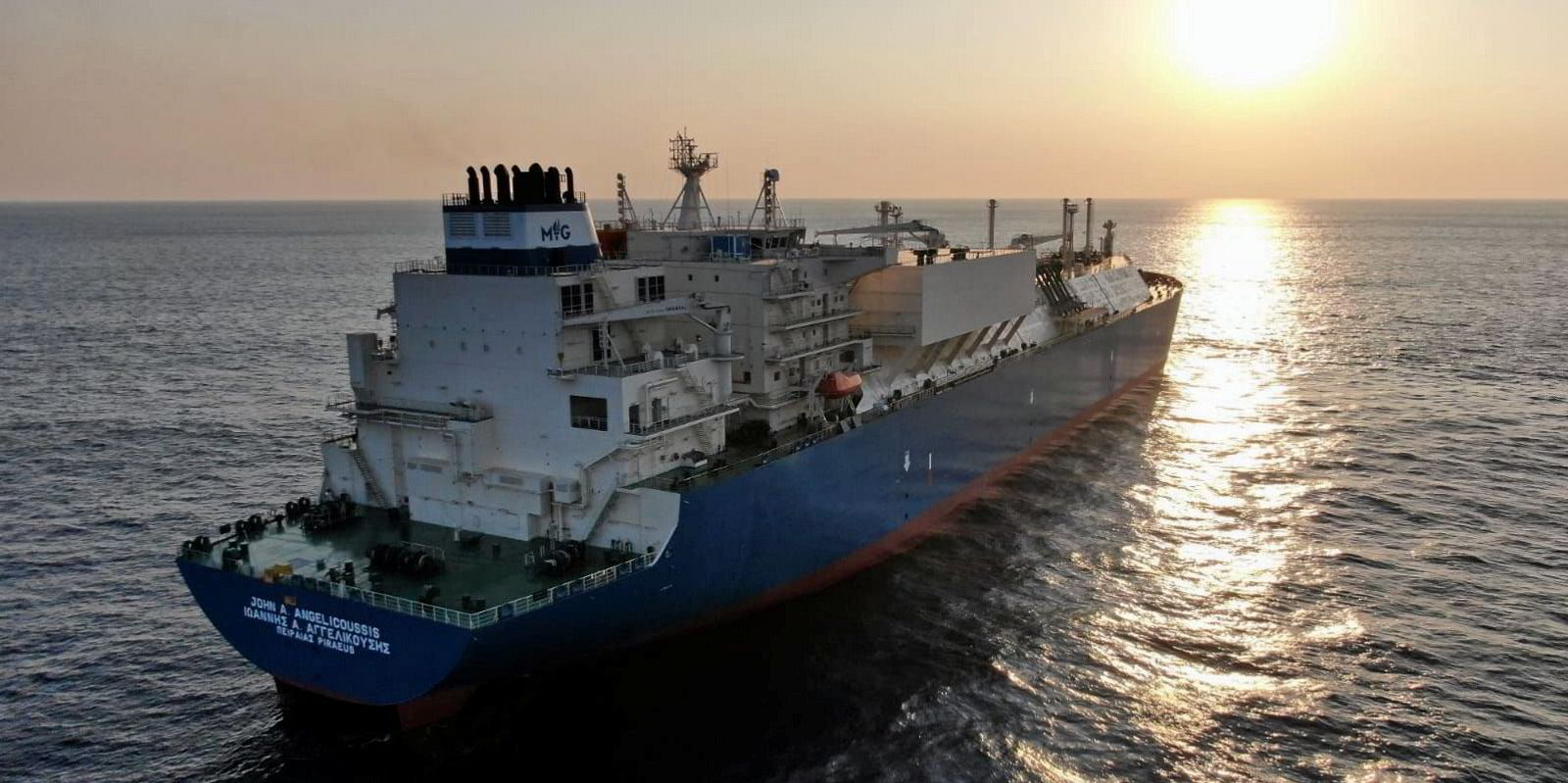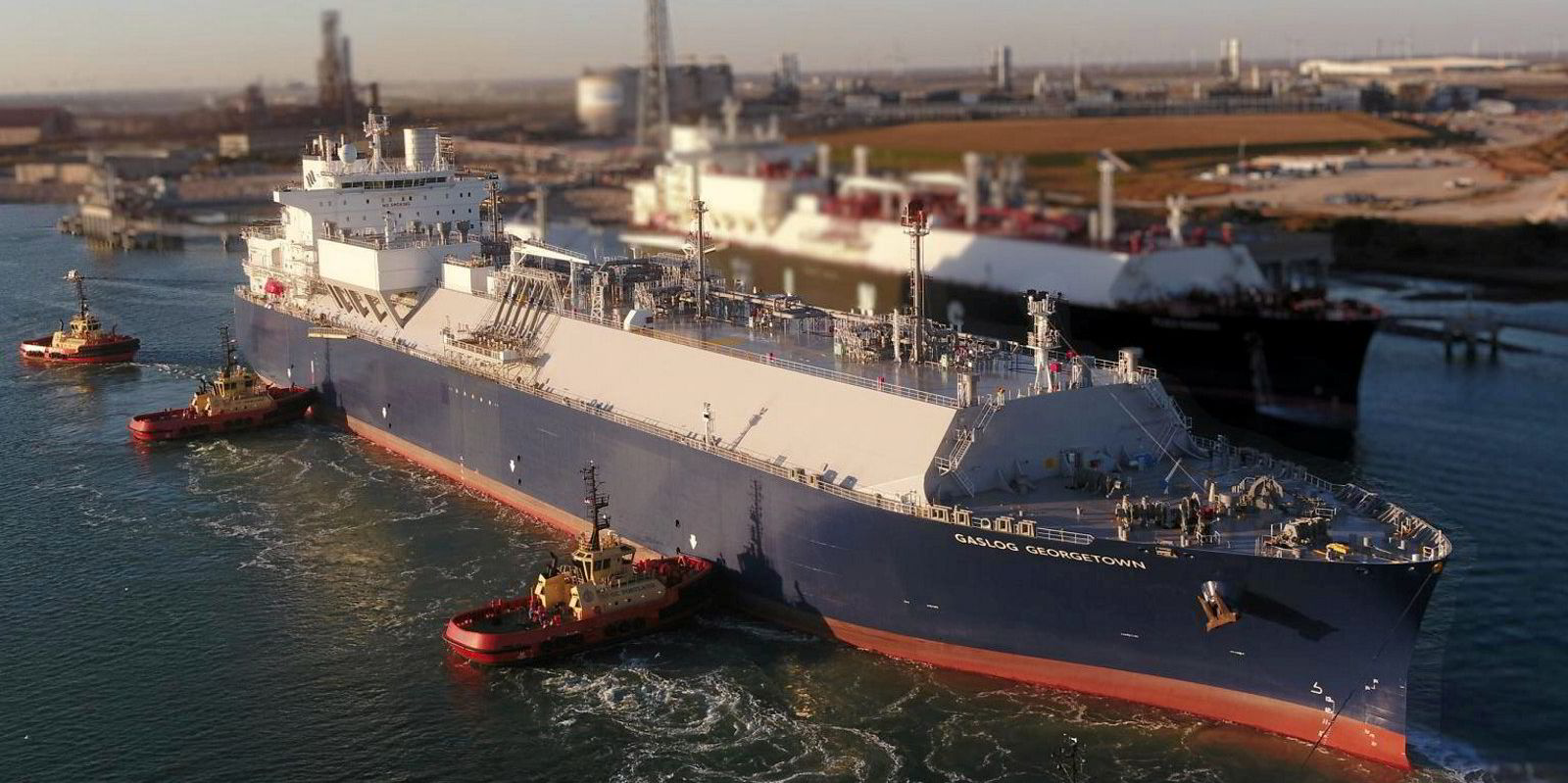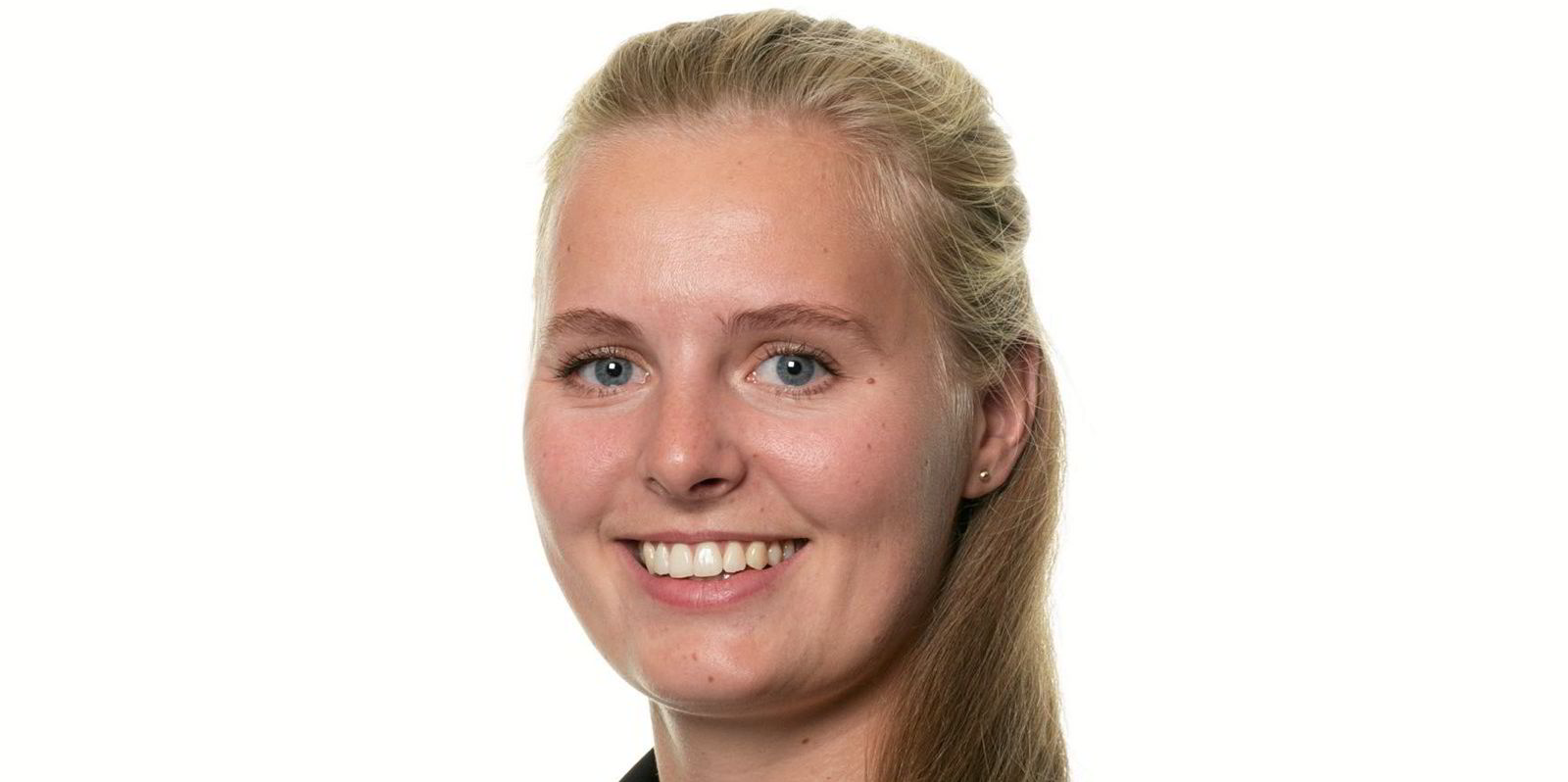A first offset LNG cargo has been delivered by Shell Eastern LNG using a new framework developed by the International Group of LNG Importers (GIIGNL) to standardise the verification and quantification of greenhouse gas emissions with more shipments expected.
GIIGNL said the “GHG-neutral” LNG cargo was delivered from the Gorgon Project in Australia to CPC Corp in Taiwan and aligned to the GIIGNL’s monitoring, reporting and verification (MRV) and GHG Neutral Framework launched in November 2021.
In response to questions, GIIGNL general manager Vincent Demoury said the cargo was received at the Yung-An terminal in September 2022 and around 190,000 tonnes of carbon credits have been used to offset the cargo.
He said the emissions from the shipping stage accounted for less than 2% of the total life-cycle emissions of the cargo.
GIIGNL declined to name the vessel on which the cargo was shipped.
Eikland Energy’s iGIS/LNG detailed that the only LNG carrier making that voyage at that time was the 173,400-cbm John A Angelicoussis (built 2022).
Demoury said more cargoes are currently under verification.
He said other companies have already performed “stage statements”, which transparently quantify the emissions associated with one particular stage of the value chain.
GIIGNL said its framework aims to create a transparent practice under which GHG-neutral cargoes can be declared through an independently verified cargo statement, which sets out both emissions and offsets.
Users access the standards in a series of documents on the GIIGNL website and fill in a cargo statement that includes details of which GHG standards were used to calculate emissions, the part of the LNG chain monitored, the type of offsets if they are being used and a company’s strategy on offsetting plus measurements of methane intensity.
The cargo statement then has to be independently verified by third-party entities.
Commenting on this first shipment to use the framework, Shell executive vice president for energy marketing Steve Hill said: “This pilot shipment has helped us to learn about how best to use this comprehensive tool for increasing transparency and accuracy in quantifying and reporting emissions associated with LNG cargoes.
“We are working with other partners on developing our understanding on adopting it,” Hill added.
CPC Corp chairman Shun-Chin Lee said: “This is an important step in improving transparency and accountability of GHG-neutral LNG and it is a step forward not just for us but for the LNG industry as a whole.
“Demand for addressing GHG emissions from energy use is increasing downstream in Taiwan and we are keen to find new and better ways of meeting this demand.”
GIIGNL president Jean Abiteboul said: “As LNG is becoming increasingly vital to ensure energy security in the world, it is imperative that our sector consistently and collaboratively accounts for emissions across the entire value chain.
“The framework assists the industry in achieving greater transparency and accuracy in reporting and compensating for emissions.”






